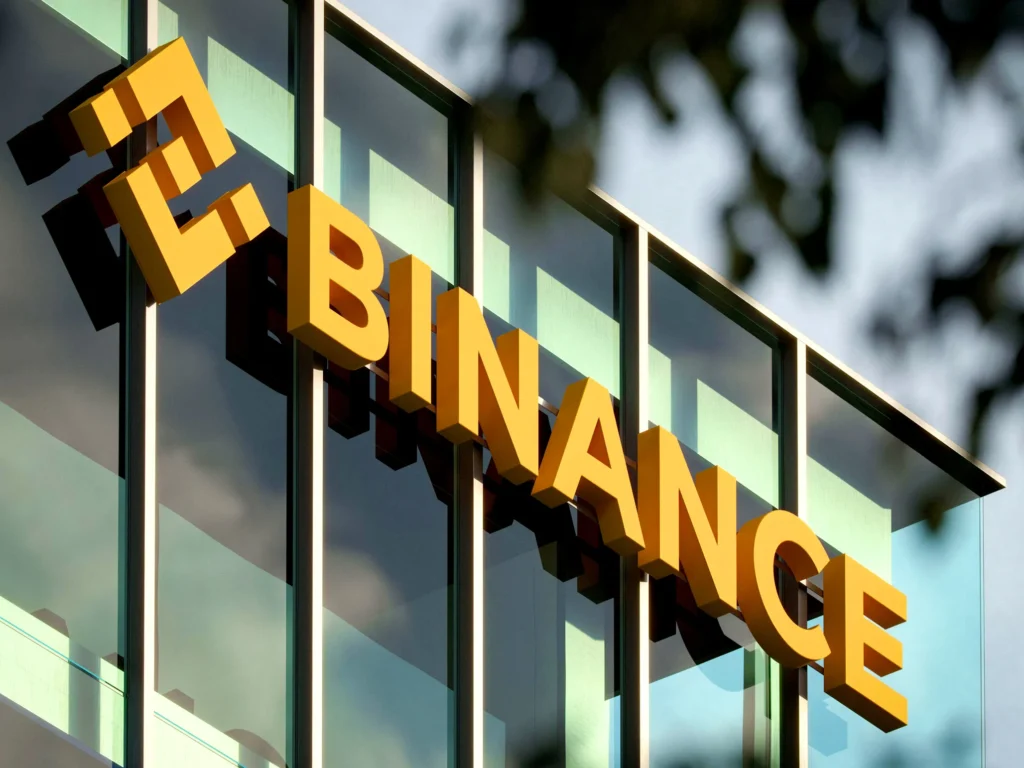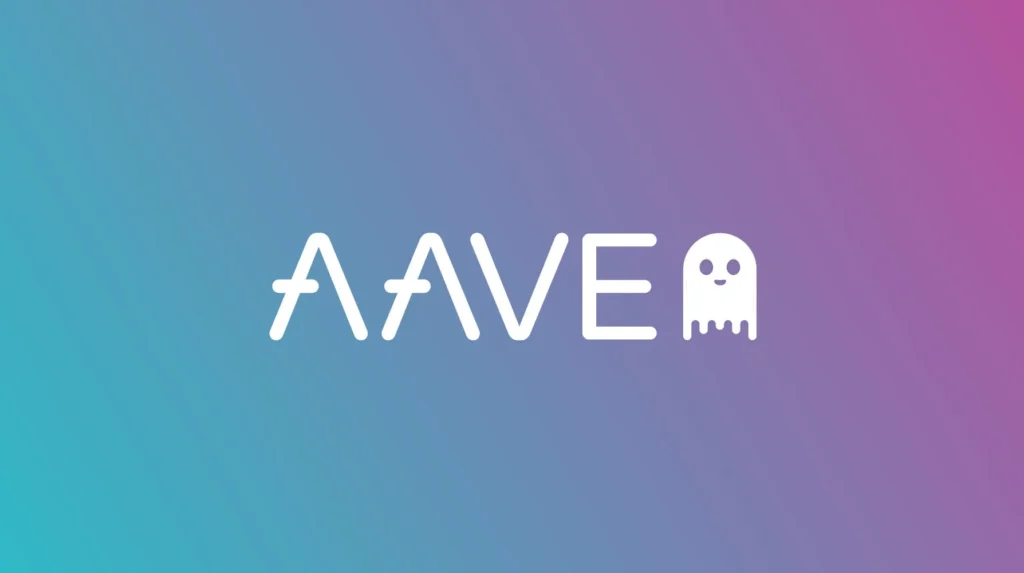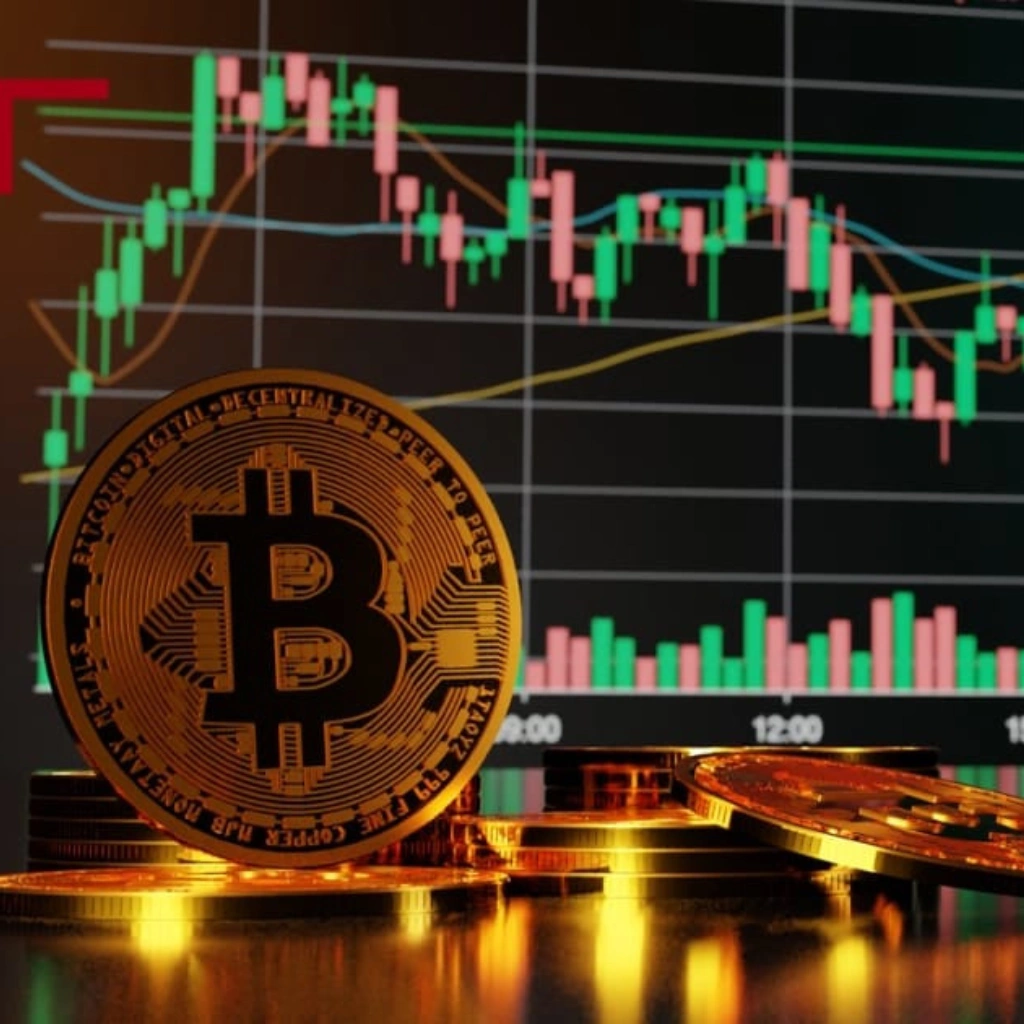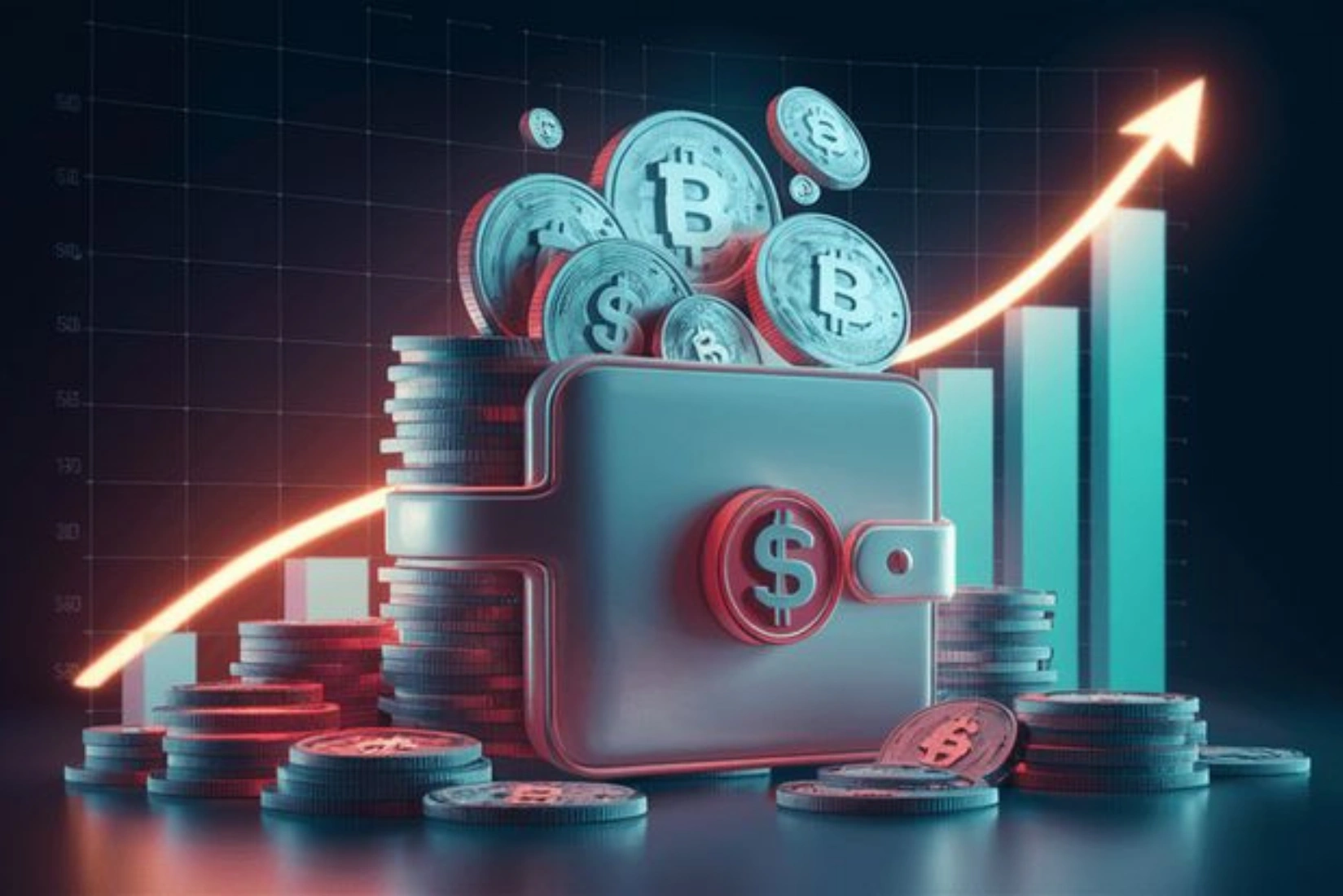Stablecoin Thailand 2025: The Tools Behind the Quiet Boom
In 2025, stablecoin Thailand 2025 isn’t just some niche tech experiment—they’ve quietly become a practical option for Thai investors looking for stability, control, and smoother cross-border finance. And it’s not just about holding USDT or USDC. It’s about how people are actually using them.
That’s where apps and platforms come in. While a few big names dominate the headlines, what’s happening on the ground is more nuanced. Thai users are piecing together their own toolkits—using exchanges, wallets, and DeFi platforms that suit their lifestyle, their trust levels, and their tolerance for risk.
So how exactly are people doing it? Let’s walk through it.

Credit from : Global Finance
Bitkub and Satang: Homegrown Simplicity in Stablecoin Thailand 2025
Most Thai investors who start their stablecoin journey begin with a name they recognize: Bitkub. It’s a local favorite, partly because it’s regulated and partly because it feels made-for-Thailand. Buying USDT or USDC with baht is surprisingly smooth, and the KYC process is built for Thai ID holders. The same goes for Satang Pro, which has quietly gained trust through consistent service and a solid THB pairing for stablecoins.
For many, this is enough. They just want to hedge against the baht, or maybe send some money abroad without losing out on forex fees. These platforms offer that comfort zone—simple onboarding, local customer support, and interfaces that don’t overwhelm.

Binance: For Those Looking Beyond Borders in Stablecoin Thailand 2025
Of course, some want more than just simplicity. Thai investors who are deeper into crypto—or maybe just more adventurous—often end up on Binance. Despite regulatory tension, access hasn’t vanished. Many still find ways to use it, especially when they want advanced features like higher liquidity, global pairs, or passive income opportunities.
On Binance, stablecoins aren’t just held—they’re used. Users put them into flexible savings programs, auto-invest plans, or even trade them against other assets. And for those who want to convert USDT back to baht, they might buy BTC or ETH first, then bring it back home via local platforms. It’s a bit of a dance—but for many, it works.

MetaMask and Trust Wallet: Control in Your Pocket
Then there’s the crowd that prefers having full control. No middleman. No waiting. Just you and your wallet. That’s where apps like MetaMask and Trust Wallet come in.
While they’re both non-custodial, the experience is quite different. MetaMask tends to attract users who are DeFi-savvy—those who want to lend stablecoins on protocols like Aave or swap into low-fee Layer 2 chains. It’s not the most user-friendly app at first, but the flexibility is unmatched.
Meanwhile, Trust Wallet appeals to users who just want something mobile, fast, and functional. It lets people store USDT and USDC without jumping through centralized hoops. For freelancers and digital nomads, this becomes especially useful—payments come in, and the money stays safe without a bank in sight.

DeFi Platforms: Still Quietly Attractive
And yes—while the DeFi hype of 2021 may have cooled, it hasn’t disappeared. Stablecoins are still earning, just… quietly. Thai investors looking for yield still park their USDC in lending protocols or liquidity pools. Platforms like Aave or Compound don’t offer crazy returns anymore, but even 3% looks decent compared to a traditional Thai savings account.
Of course, this route requires a bit more confidence. DeFi isn’t for the faint of heart. But for those who’ve been around since the early boom—or just prefer being their own bank—it’s worth the learning curve.

So… Which One Is “Best”?
The truth? There’s no universal answer. It depends on the person.
A Bangkok-based freelancer might lean on Trust Wallet to collect client payments in USDC. A mid-career investor might use Bitkub to move baht into USDT and then stake it on Binance. A crypto-native might juggle MetaMask, Aave, and a half-dozen dApps without blinking.
That’s what makes 2025 so different from a few years ago. It’s not about finding “the one perfect tool.” It’s about building your own setup—based on what you need, how much risk you’re okay with, and how hands-on you want to be.
Final Thoughts: The Tools Are Maturing—So Are the Users
Stablecoin Thailand 2025 isn’t just about the coins themselves. It’s about how people interact with them. The tech has become more accessible, the platforms more polished, and the user base more experienced.
More Thais are no longer asking “what is USDT?” They’re asking “which wallet is better for gas fees?” or “how do I convert my DeFi rewards back into baht?”
In short: it’s evolving. And if you’re planning to get into stablecoins—or optimize how you use them—your choice of tools could make all the difference.




